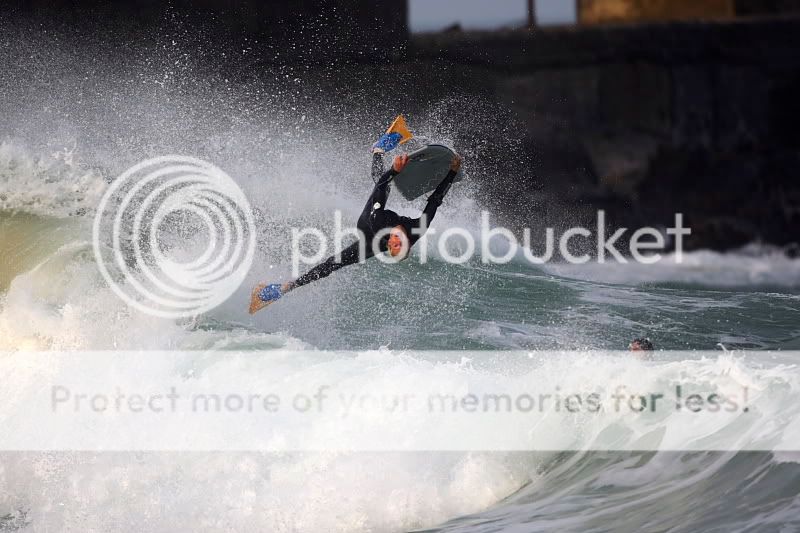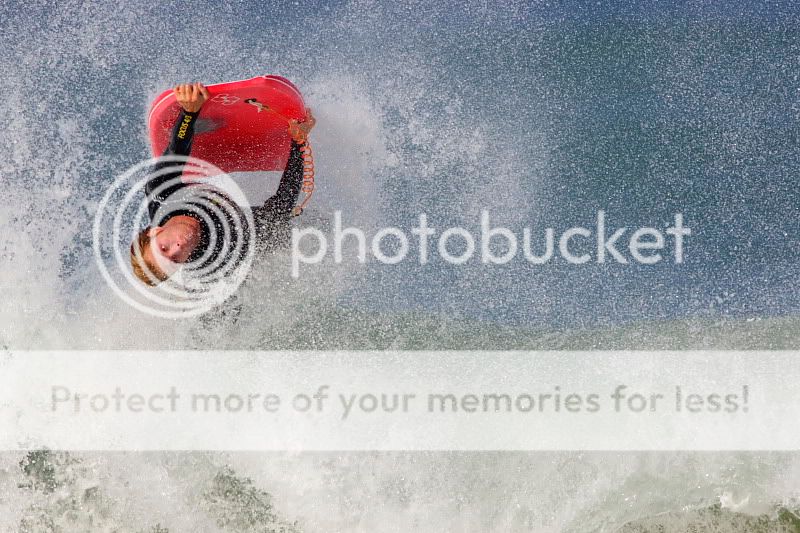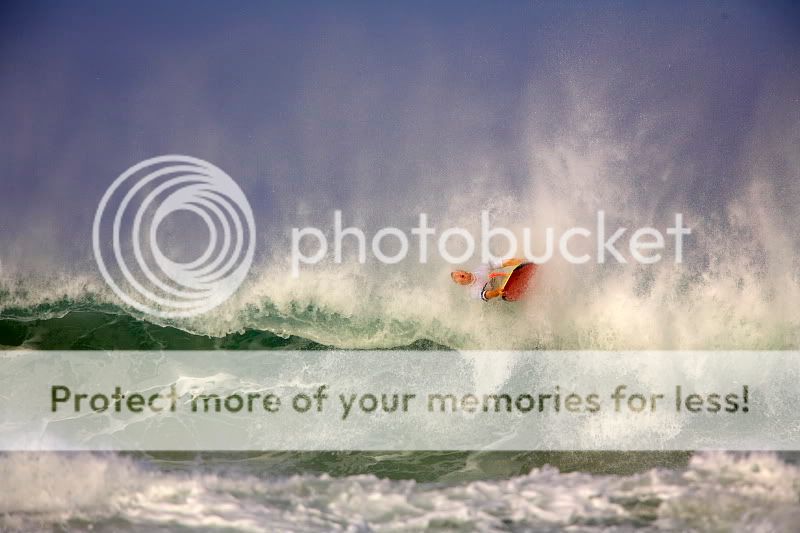I should have added a bit more detail. As far as I know there are about 5 bodyboarding magazines in the world so the market is very limited. As far as the magazines go none of these pictures are of much use. The first pic, while dramatic, shows the rider landing behind the face of the wave and the move thus fails. The second fails in that it is difficult to judge the size of the wave. The third is dramatic but the rider is basically just trying to survive and the wave is closing out - in surfing parlance he didn't do anything. The picture did win the People in Nature section of a wildlife photography competition. I use Canon (5D and 1DMark111) normally with an old 600mm L (non IS) sometimes with a 1.4 converter on an old and heavy Benbo Tripod. I should use shorter lenses more often to show the wave size. I would normally remove the dust bunnies but forgot....






